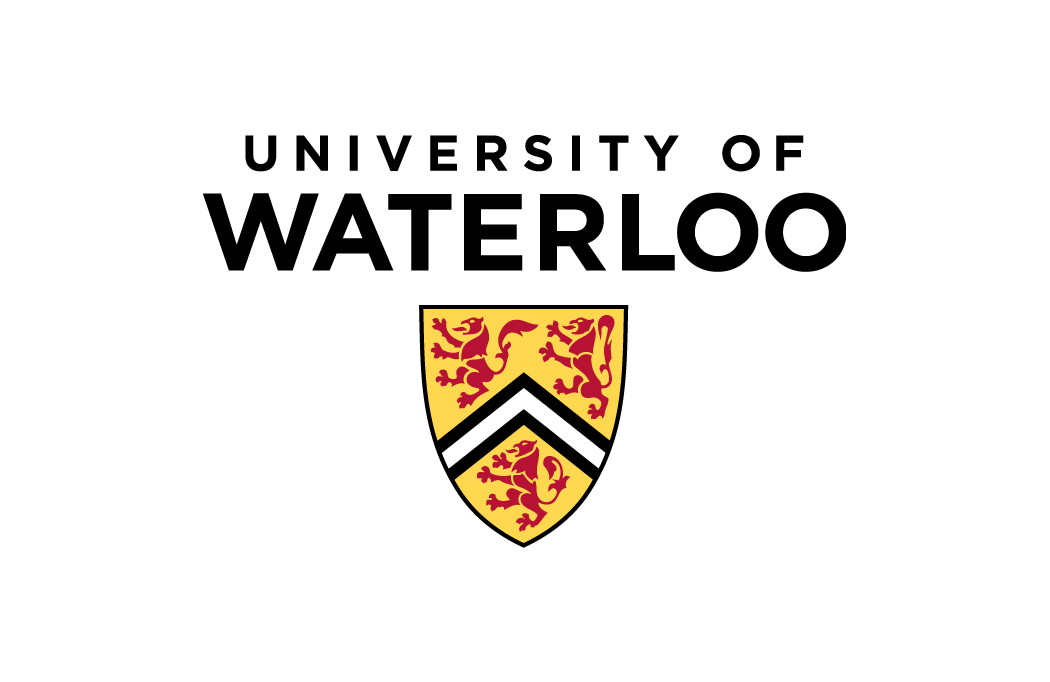Réunion d'hiver SMC 2017
Waterloo, 8 - 11 décembre 2017
- ADRIANA-STEFANIA CIUPEANU, University of Manitoba
Classifications of the Group Action on the Real Line and Circle [PDF]
-
We will look at examples of groups acting on the real line by order-preserving homeomorphisms. We will see how these examples fit into a classification of all group actions on the real line by order-preserving homeomorphisms, and discuss the relationship with circle actions.
- MARTIN PHAM, University of Waterloo
The Fractal Inverse Problem For Audio Compression [PDF]
-
In this talk we present the iterated function system (IFS) approach for generating fractals -objects that exhibit self-similarity and scale-free complexity- and its application in data compression. The local IFS method is introduced for image compression in order to motivate an extension to one-dimensional audio signals. A frequency domain analysis of preliminary compression results is then discussed, with emphasis on the comparison between images and audio for fractal applications. Finally, earlier work and further directions toward fractal-wavelet methods are considered.
- PETER SINCLAIR, McMaster University
Connections between Logic and Algebra [PDF]
-
The relationship between logical and algebraic properties of groups and fields has been an active area of research for over 40 years. I will give a brief introduction to model theory (a branch of mathematical logic), an overview of how model theory interacts with algebra, and a description of where my research fits into the larger picture.
- IZABELA VLAHU, University of Saskatchewan
Fast P-transforms for signal processing applications [PDF]
-
P-transforms arise as associated transforms of finite D-matrices, which find applications in digital signal processing. The columns of a finite D-matrix of size $N\times N$, admit a natural, non-trivial, partition into bands of mutually orthogonal columns. This partition depends only on the size of the matrix and is referred to as the Orthogonal Band Decomposition. The sum of the orthogonal projections onto each band defines a P-transform. Although not sparse, P-transforms can be partitioned into sparse matrices and as such admit fast implementation. Preliminary experiments with P-transforms suggest that the error of approximating signals with partial sums of projections might offer a more suitable metric to generating a particular D-matrix for sparse signal representation.
- YIYUAN WANG, York University
The impact of weather and stormwater management ponds on the transmission of West Nile virus [PDF]
-
West Nile virus (WNV) is the most widely distributed arbovirus in the world and the spread is influenced by complex factors including weather conditions and urban environmental settings like stormwater management ponds (SWMP). By investigating the data from larvae surveillance program launched by Toronto and Region Conservation Authority (TRCA), Canada, we develop an ordinary differential equation model to explore the impacts of SWMP, temperature and precipitation on WNV vector abundance and the transmission of WNV between mosquito and bird populations. The results found that an excess of precipitation and fiercer intraspecific competition will reduce vector population and the peak value of infectious vectors and birds. This information can be used to identify measures that would be useful to control larval abundance in SWMP and the transmission of WNV. This is a joint work with Wendy Pons, Jessica Fang and Huaiping Zhu.
- ROBERT YANG XU, University of Waterloo
Binary Kronecker constants of some integer sets [PDF]
-
The Kronecker constant of a set $E \subset \mathbb{Z}$, $\alpha(E)$, is defined as the minimal difference possible when interpolating functions mapping from $E$ to $\mathbb{T}$ using a character in $\mathbb{T}$. In general, it is difficult to compute the Kronecker constant of a set, and therefore we use a slightly weaker notion: the binary Kronecker constant. The binary Kronecker constant of a set $E$, $\beta(E)$, is defined similarly, but instead of interpolating every function from $E$ to $\mathbb{T}$, we only interpolate function mapping $E$ to $\{-1, 1\} \subset \mathbb{T}$. It turns out we can infer the Kronecker constant from the binary Kronecker constant: $\beta(E) \leq \alpha(E) \leq 2\beta(E)$.
In this talk, we will compute the binary Kronecker constants for several interesting sets in the integers.





